Recently I bid on a very good looking Commodore Plus/4 on eBay. I’ve never had one and have only heard the stories about this little guy: mismanaged marketing, the failed successor of the C64, the computer nobody wanted. A sad story – especially considering that it’s a really good machine that paved the way for the C128.
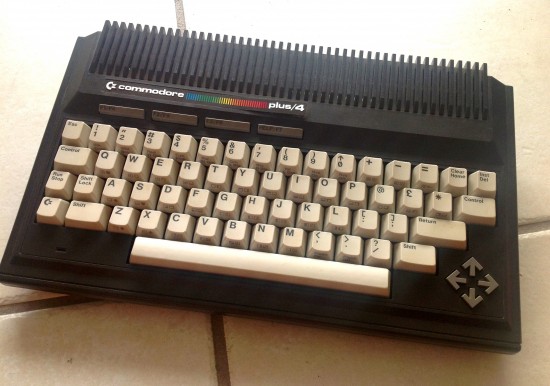
With almost the same powerful BASIC commands as its successor, the Plus/4 is much smaller than the C128, a little over half its size I’d say. It takes up much less desk space and can use the 1541 floppy drive. Other peripherals were not compatible (joysticks, datasette drive, etc), neither was existing C64 software – which was widespread and popular at the time. The Plus/4 did have more colours but no sprites (which made computer games amazing in those days), and its sound qualities were less sophisticated than those of its predecessor.
The major downfall of the Plus/4 was undoubtedly its marketing and strategic decisions within Commodore: Jack Tramiel wanted a $99 machine that would sell alongside the expensive $500 C64 in 1984/85 and wipe out the fragmented home computer competition. Design of the 264 family began thanks to him – this included the C16/C116 and Plus/4 – even a 364 with speech module (only legends know about, like the CBM Museum).
Before the launch of the new machine however Tramiel left the company in 1984 – and with Commodore’s visionary gone, the rest of the clueless board of directors turned the Plus/4 family into a C64 replacement. Well, it flopped. Badly.
Since it was never meant to be what it became, and because it wasn’t compatible with existing popular software, less than 1 million units were produced worldwide and the Plus/4 was discontinued within a year of its launch.
Nevertheless, learning from their galactic mistakes, Commodore quickly developed the C128 and added everything to it that was missing on the Plus/4.
My Plus/4 Story
I bought mine for $49 including shipping from California, boxed with both manuals and dedicated 1531 Datasette. A complete bargain! Other than being a bit dusty, it was in great condition – some minor ageing issues aside.
One of the tragic things about shipping 30yr old computers several thousand miles, even with the best packaging, is that components can break, old solder joints can snap, and things may not survive the journey. It’s the nature of shipping retrotech.
Then there are those abysmal power supplies Commodore built back in the day: they’re usually potted and can’t be opened and are no repairable. Voltages over time may increase which leads to the death of many a chip in the best working machines. Another tragic story.
I was delighted to see that my new Plus/4 WORKED out of the box! The power supply measured the correct voltages, cursor blinks with a glint in his eye. The packaging was not only adequate, it was fantastic! I was really lucky with this purchase:
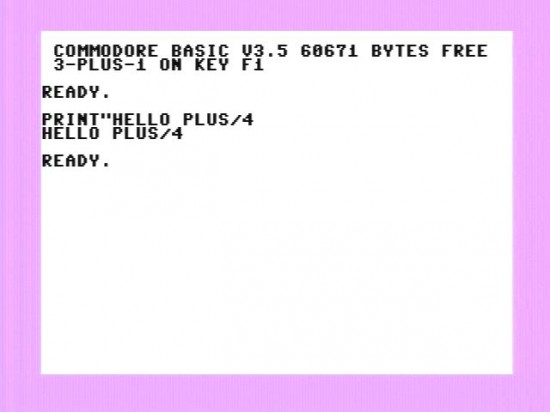
The only thing I noticed was that several of the keys did not respond well unless I hammered them or pressed them repeatedly. Time for a thorough examination and a quick fix!
Join me if you will on a journey under the hood of the Commodore Plus/4.
Read more
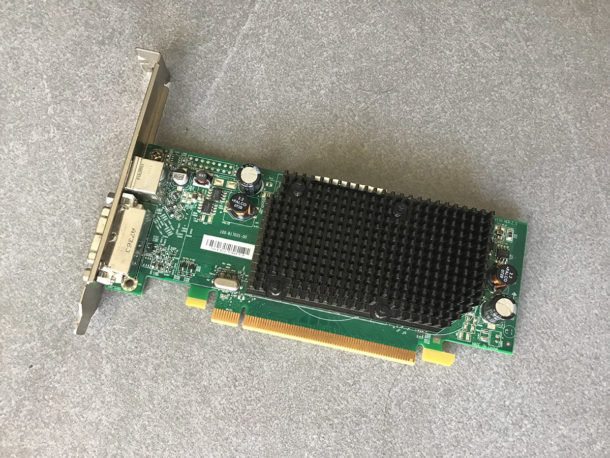


 I’ve bought another classic retro title from GOG.com the other day: Indiana Jones and the Emperor’s Tomb (from 2003 I believe). I greatly enjoyed this game on the original Xbox and I had no idea that it had even been released for other platforms.
I’ve bought another classic retro title from GOG.com the other day: Indiana Jones and the Emperor’s Tomb (from 2003 I believe). I greatly enjoyed this game on the original Xbox and I had no idea that it had even been released for other platforms.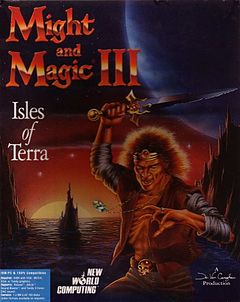 I’ve recently discovered GOG.com, the service that provides “good old games” from yesteryear to retro connoisseurs like myself. Games that used to run well on DOS and other long forgotten platforms are getting a new lease on life by being packaged up to run on today’s technology.
I’ve recently discovered GOG.com, the service that provides “good old games” from yesteryear to retro connoisseurs like myself. Games that used to run well on DOS and other long forgotten platforms are getting a new lease on life by being packaged up to run on today’s technology. I have several Amazon accounts: one in the US, one in the UK, and one ein Germany. Every now and again I de-register one of my Kindles from one account and register it with another one. Depends on what content I’d like to read and on which account it’s available.
I have several Amazon accounts: one in the US, one in the UK, and one ein Germany. Every now and again I de-register one of my Kindles from one account and register it with another one. Depends on what content I’d like to read and on which account it’s available. Back in 2011 I bought a first generation Kindle Fire in the US. It hadn’t been released anywhere else, and this device started the whole Kindle Tablet business for Amazon.
Back in 2011 I bought a first generation Kindle Fire in the US. It hadn’t been released anywhere else, and this device started the whole Kindle Tablet business for Amazon. I was playing XIII again the other day. The US GameCube version this time. I remember enjoying XIII on the original Xbox back in the day, as well as on PC.
I was playing XIII again the other day. The US GameCube version this time. I remember enjoying XIII on the original Xbox back in the day, as well as on PC.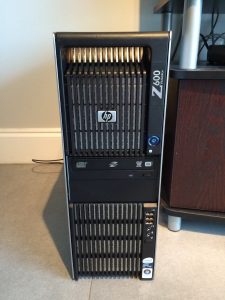
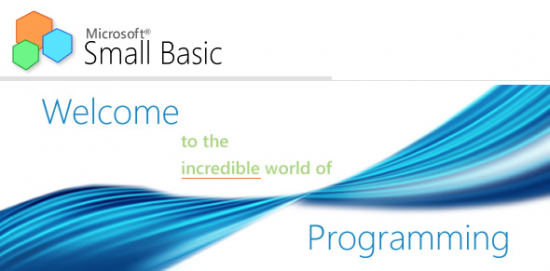
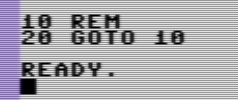


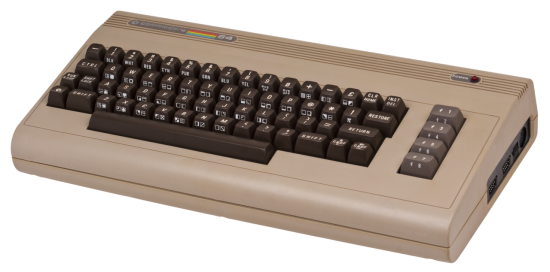
 We have a total of 6 Kindles in our household, that’s between two people. I know this sounds excessive, but believe me every single one of them has their specific purpose.
We have a total of 6 Kindles in our household, that’s between two people. I know this sounds excessive, but believe me every single one of them has their specific purpose.